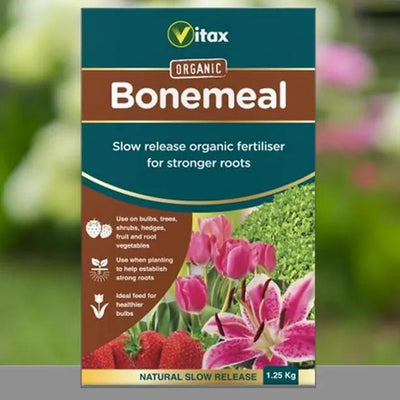Golden Delicious Apple Trees
Golden Delicious is one of the biggest selling supermarket eating apples worldwide. Any fruit produced on such a massive scale, stored, and shipped long distance is going to suffer compared to a home-grown specimen; if you've never had a good one from the shops, you be surprised when you bite into one that you grew yourself: they really deserve the name Delicious!
The light, chewily crisp flesh is bursting with sweet juice and a great aroma. They're great for sauces, apple butter, fruit sorbets and are good to use in salads because the cut fruit takes a long time to turn brown.
Your apples are ready to pick in late October and store extremely well (this is why they're so popular commercially) - up to about 8 months in ideally cool and dry conditions.
This hardy tree has lovely flowers over a long period that often misses the late frosts: another reason that farmers love them. It has a spreading growth habit and is heavy cropper, with a bit of a biennial tendency.
Browse our other apple varieties, or all our fruit trees.
Read our guide to buying apples.
Delivery season: Bareroot plants are delivered in late Autumn to Spring, about November-March inclusive. Pot grown plants, year round.
Features
- Primarily eating: Sweet and juicy.
- Fine in the kitchen, salads
- Spur bearer (Good for cordons & espaliers)
- Not self fertile
- Great pollinator
- Pollination Group C-D
- Frost resistant flowers
- Some biennial tendency
- Not recommended for the North or Scotland: try Ashmead's Kernel
- Crops in October.
- Stores well
Growing Golden Delicious Apples
Apples like rich, well drained soil, and will thrive on clay in locations that do not get waterlogged in winter.
A full day of sun and shelter from the wind is ideal.
Features
- Golden Delicious performs best in the warmer, drier South and East of the UK; a close alternative for the North is Ashmead's Kernel.
Disease notes:
Very resistant to most common diseases, except Cedar Rust (which needs a cedar tree as a host).
Rootstocks:
We use MM106 for Golden Delicious, the UK standard for medium-sized trees, ideal for gardeners. It gives a half-standard about 4m tall, and a bush about 3m.
MM106 maidens are suitable for cordons and espaliers.
Pollination Partners for Golden Delicious
Your trees are self sterile and their flowers must be pollinated to make fruit.
Golden Delicious is in flower mid-season, so cross-pollinates with most apple trees, across Pollination Groups B, C, D, and E.
Use our Fruit Pollination Checker to quickly find pollination partners, or Apple Tree Pollination Guide to learn more.

 Secure, One-Tap Checkout
Secure, One-Tap Checkout
 Hand Picked, Delivered to Your Door!
Hand Picked, Delivered to Your Door! 1 Year Bareroot Guarantee
1 Year Bareroot Guarantee



















